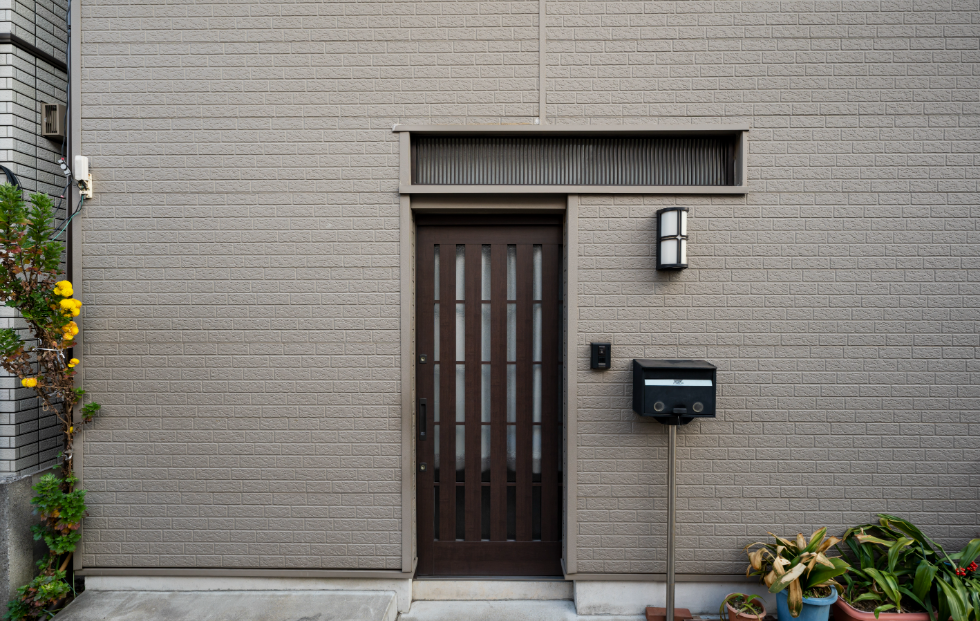Your front door is more than just an entryway, it’s the first impression your home gives. Whether it’s a bold red, a classic black, or a welcoming blue, your front door color sets the tone for your entire exterior.
But deciding how to choose a front door color can be overwhelming. With endless swatches, design trends, and exterior factors to consider, it’s important to make an informed choice that enhances your home’s overall appearance.
Let’s walk through what matters most when picking a front door color that complements your style and boosts curb appeal.
Why Front Door Color Selection Matters
The front door is a central feature of your home’s façade. The color you choose can significantly impact your property’s aesthetic and even its value. A well-chosen color can:
- Reflect your personal style.
- Enhance architectural features.
- Complement exterior elements like siding, brick, or trim.
- Increase visual interest and curb appeal.
- Positively influence resale potential.
If you’re investing in exterior updates or planning to replace your front entryway, the door color becomes even more critical. It’s a great time to coordinate finishes and materials especially when updating both windows and doors together for a cohesive look.
Consider Your Home’s Architectural Style
Before selecting a color, take cues from your home’s existing design. Matching the front door to your home’s style ensures visual harmony:
Brick or stone homes: Rich reds, deep blues, and muted greens enhance the texture.
Neutral siding (gray, beige, white): Nearly any color works, try navy, black, or yellow.
Modern designs: Go for sleek options like matte black, charcoal, or teal.
Colonial or traditional homes: Classic tones such as burgundy, forest green, or navy are timeless.
Understanding your exterior materials and architecture helps guide the color palette in the right direction.
Popular and Timeless Front Door Colors
If you’re unsure where to start, here are front door colors that consistently work across various home styles:
- Navy Blue: Elegant and adaptable
- Charcoal Gray: Modern and understated
- Fire Engine Red: Bold and welcoming
- Olive Green: Soft and natural
- Mustard Yellow: Warm and unique
- Classic Black: Sophisticated and versatile
These colors are not only attractive, they’re known to enhance curb appeal and resale value.
Factor in Landscape and Neighborhood Context
The surroundings of your home should also inform your decision:
- Lots of greenery? Earthy tones like olive or taupe blend well.
- Minimal landscaping? Bright or dramatic hues can add visual impact.
- In a uniform neighborhood? A distinctive front door color can make your home memorable.
- In a colorful block? Neutral colors might help your home feel more refined.
A front door that suits its environment creates a well-balanced exterior, whether you’re making a subtle or bold design statement.
Select the Right Paint Finish for Your Front Door
Beyond color, the finish you choose affects both durability and appearance. Common finish options include:
Glossy: Reflects light and adds boldness but may highlight imperfections.
Semi-gloss: A durable, easy-to-clean option ideal for high-traffic doors.
Matte: Modern and subtle but less resistant to scuffs and moisture.
Sun exposure and weather conditions should guide your choice. A well-maintained finish also helps preserve the color’s vibrancy over time.
Test Paint Samples in Real Conditions
Paint colors often appear different depending on lighting and surface texture. Before committing:
- Use sample pots to paint swatches directly on your door.
- Observe the color at different times of day – morning, afternoon, and evening.
- Compare how each finish reflects natural light.
This practical step can save you from costly do-overs and ensures that your choice aligns with your expectations.
Final Thoughts
Choosing the right front door color doesn’t have to be complicated. When you consider your home’s architectural style, landscape, and the mood you want to convey, it becomes a creative and rewarding process.
Pair your chosen color with the right finish, test it in real-world lighting, and think long-term. Whether your style is traditional or contemporary, this small update can make a major visual impact.




















